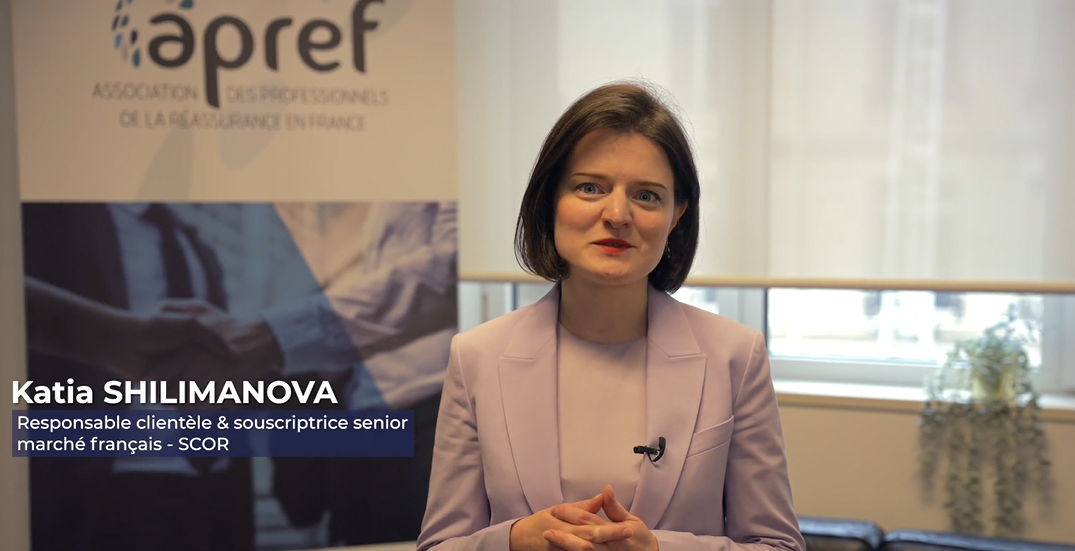Le traitement des risques SRCC en Réassurance – Mai 2025
- Liens de la contribution :
- Lire la note
Protéger les assureurs contre la fréquence ou l’intensité anormale des sinistres, c’est le métier des réassureurs.



Chiffres 2022 – Source Apref